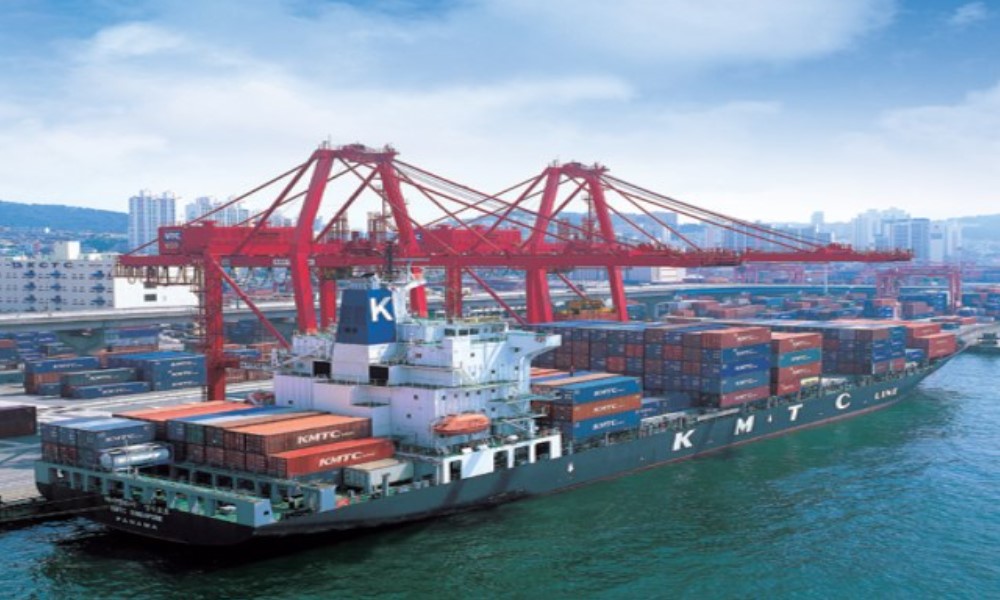Global trade set to hit record $33trn this year

Global Trade Set for Record Growth in 2024
Global trade is poised to reach an unprecedented $33 trillion in 2024, according to recent data from the United Nations Conference on Trade and Development (UNCTAD). This significant milestone represents a 3.3% increase from the previous year. The growth is primarily fueled by a remarkable 7% rise in trade in services, which alone contributes an impressive $500 billion to the overall expansion. However, trade in goods has seen a more modest growth rate of 2%, remaining below the peak levels recorded in 2022. Despite this optimistic outlook, UNCTAD has issued a cautionary note regarding potential uncertainties that could affect trade dynamics in 2025.
Factors Driving Trade Growth
The surge in global trade can be attributed to several key factors. First, the increase in trade in services reflects a shift in the global economy, where services are becoming a more significant component of international commerce. This trend is evident in sectors such as technology, finance, and tourism, which have all experienced substantial growth. The digital economy has also played a crucial role, enabling businesses to expand their reach and engage with consumers worldwide.
On the other hand, the slower growth in trade in goods indicates a more complex landscape. While demand for physical products remains strong, supply chain disruptions and geopolitical tensions have created challenges. These factors have led to increased costs and delays in shipping, which can hinder trade growth. Additionally, the lingering effects of the COVID-19 pandemic continue to impact global supply chains, making it difficult for some industries to recover fully.
Despite these challenges, the overall outlook for global trade in 2024 remains positive. Businesses are adapting to new market conditions and finding innovative ways to navigate obstacles. As countries work to strengthen their economies, the emphasis on trade will likely continue to grow, fostering collaboration and economic development on a global scale.
Concerns for the Future
While the current data presents a promising picture for global trade, UNCTAD has raised concerns about the outlook for 2025. The organization warns that potential shifts in U.S. trade policy could create significant uncertainty. Changes such as the introduction of broader tariffs could disrupt established global value chains and adversely affect key trading partners.
Countries that are particularly vulnerable to these changes include those with substantial trade surpluses with the United States and higher tariff barriers. According to UNCTAD’s analysis, China, India, the European Union, and Vietnam are among the nations most exposed to potential U.S. policy shifts. For instance, China currently holds a trade surplus of approximately $280 billion with the U.S., while the European Union has a surplus of about $205 billion.
The possibility of trade wars and ongoing geopolitical tensions adds another layer of complexity to the future of global trade. As nations navigate these challenges, it will be crucial for policymakers to engage in dialogue and seek collaborative solutions. The ability to adapt to changing circumstances will determine how countries can sustain growth and maintain healthy trade relationships in the years to come.
